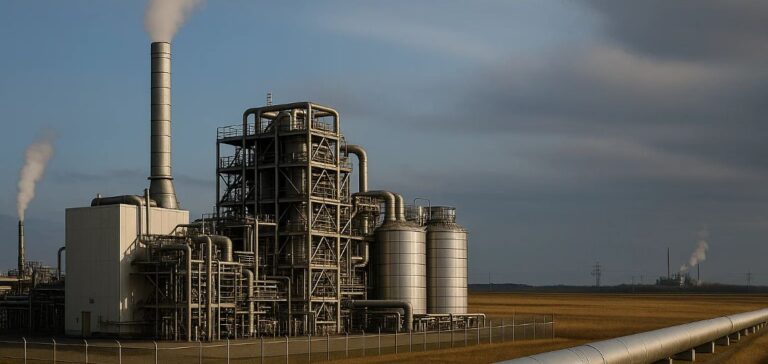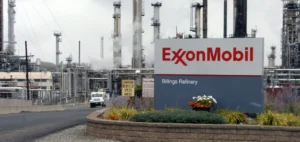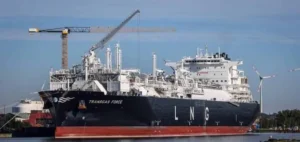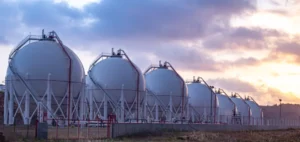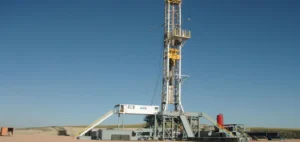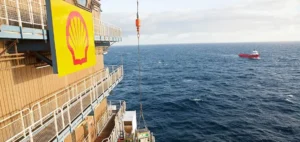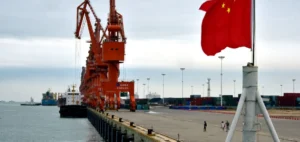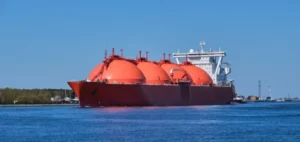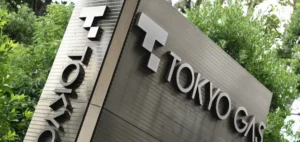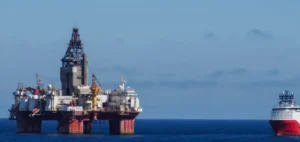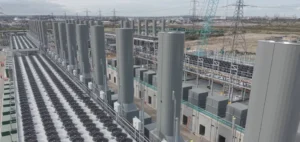Natural gas remains a critical component of global electricity generation due to its flexibility and constant availability, essential characteristics for balancing energy grids. However, its usage is constrained by the need to control greenhouse gas (GHG) emissions. In this context, Carbon Capture and Storage (CCS) technology significantly reduces these emissions, positioning natural gas at emission levels comparable to renewable energy sources like wind or solar.
Emission Reduction: A Strategic Necessity
According to current data, life-cycle emissions from gas-fired power plants equipped with CCS can reach levels similar to renewable energies. Achieving this performance depends on optimizing industrial processes, such as electrifying gas compressors and minimizing fugitive methane emissions. In British Columbia (Canada), stringent regulations reduced fugitive methane emissions by 81% between 2006 and 2021, making the region a model for other jurisdictions.
Methane emissions represent a major factor in the environmental assessments of natural gas, contributing approximately 50% of global emissions in several regions. Strict implementation of leak detection and repair programs and drastically limiting gas flaring are therefore crucial. These measures, combined with using electrically powered compressors supplied by low-carbon energy, could reduce natural gas emissions to only 1.46 gCO₂e/MJ.
Natural Gas with CCS: Enhanced Competitiveness
By incorporating carbon capture rates of up to 98.5%, gas-fired power plants equipped with CCS can achieve emission intensities similar to wind facilities. Thus, a combined-cycle gas power plant with CCS can present emissions ranging from 22 to 62 kgCO₂e/MWh, depending on the processes employed. By comparison, wind power ranges from 13 to 18 kgCO₂e/MWh, and photovoltaic solar from 59 to 77 kgCO₂e/MWh, depending on location.
The economic competitiveness of natural gas equipped with CCS becomes even more attractive when considering additional costs associated with intermittent renewable energy sources. Battery storage solutions significantly increase the overall cost of electricity from solar or wind sources, making CCS-equipped natural gas economically competitive, particularly in grids requiring reliable and steady production.
Impact of Operational Cycles on Emissions
Frequent start-stop cycles of gas-fired power plants increase GHG emissions, primarily due to the increased energy demand to restart carbon capture systems. However, technical solutions, such as temporary storage of CO₂-loaded solvents, effectively limit these emissions. Recent studies demonstrate that these devices could significantly minimize the impact of cold starts, reducing the environmental vulnerability of CCS-equipped natural gas even during intermittent operations.
The superior operational flexibility of combined-cycle gas plants compared to nuclear or coal-fired plants provides a strategic advantage in responding to rapid demand fluctuations. This flexibility, combined with optimized carbon capture processes, makes natural gas particularly suitable for modern energy grids characterized by a high penetration of intermittent renewable energies.
Key Policies and Regulations for Successful Integration
Energy policies represent a fundamental lever for promoting widespread adoption of low-emission natural gas. Mechanisms such as border adjustment tariffs based on lifecycle GHG emissions from imported gas could encourage cleaner production globally. In the United Kingdom and Canada, regulations already require a minimum CO₂ capture rate of 95% from gas plants, a trend that may expand to other regions to ensure environmental and economic competitiveness of this technology.
The regulatory evolution observed in several jurisdictions, including British Columbia, demonstrates the feasibility and effectiveness of emission-reduction policies associated with natural gas production and utilization. These regulatory models are expected to play a critical role in shaping the global energy future, facilitating the integration of natural gas with CCS into low-emission energy strategies.


